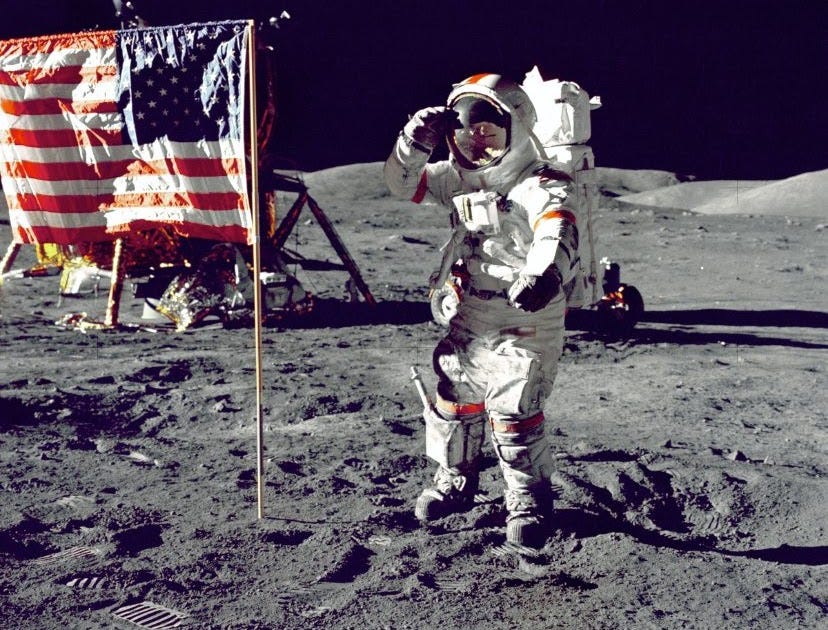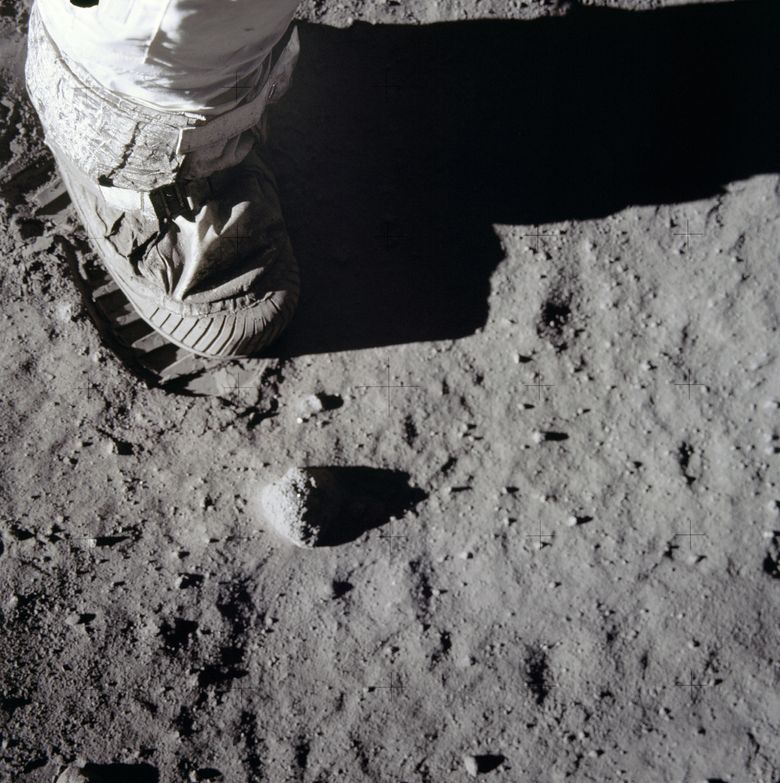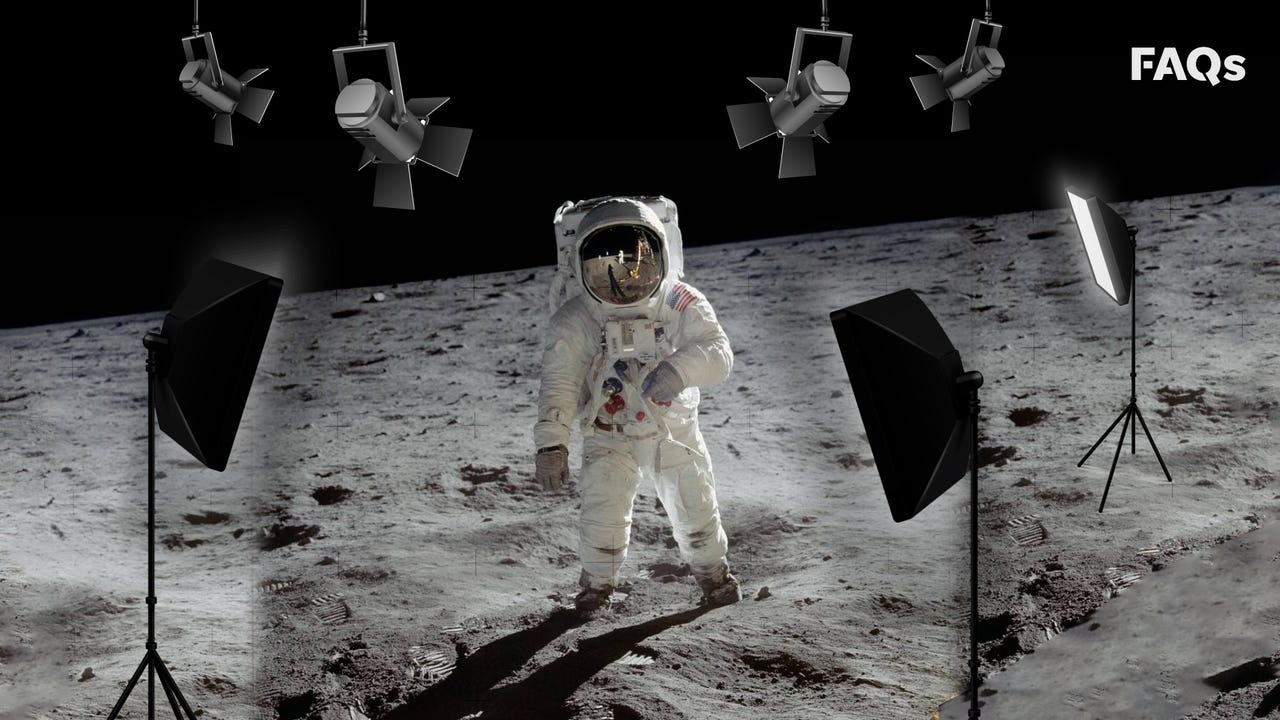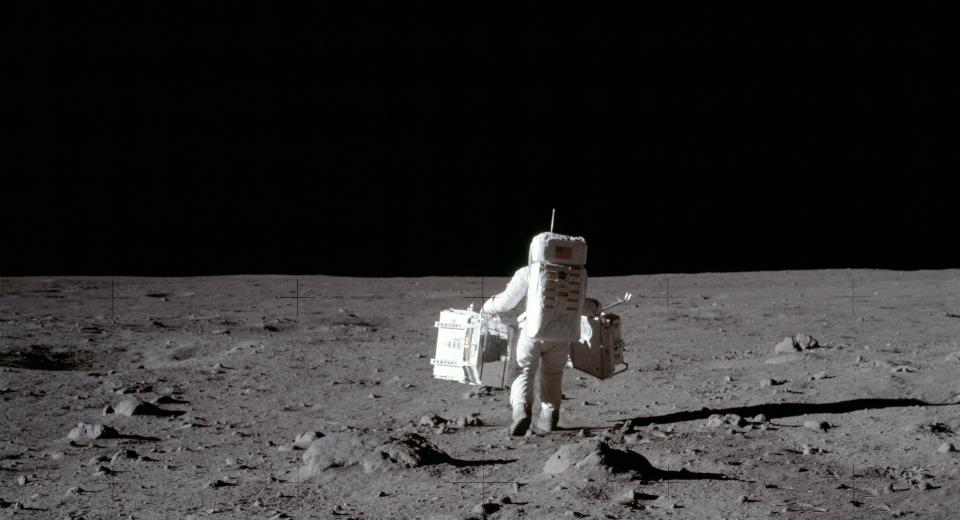The conspiracy theory that Neil Armstrong's moon landing was a hoax is not supported by any credible evidence and has been debunked by numerous experts.
On July 20, 1969, Neil Armstrong became the first human to set foot on the moon, as part of the Apollo 11 mission. Armstrong and his crewmates, Buzz Aldrin and Michael Collins, spent several days on the lunar surface, conducting experiments and collecting samples of moon rock and soil.
The moon landing was a major achievement for humanity and a defining moment in the space race between the United States and the Soviet Union. It was witnessed by millions of people around the world and was widely covered by the media.
Despite the overwhelming evidence and eyewitness accounts, some people continue to believe that the moon landing was faked and that Armstrong and his crew never actually went to the moon. These conspiracy theories have been circulated for decades, and they have been debunked many times over.
One of the main arguments made by proponents of the hoax theory is that the moon's surface appears too smooth and uniform, and therefore could not have been the result of billions of years of meteor impacts. However, this argument is not supported by the scientific evidence. The moon's surface is actually quite rough and uneven, with numerous craters, mountains, and other features. Moreover, scientists have extensively studied the moon rocks and soil brought back by the Apollo astronauts and have found that they are distinct from any terrestrial materials and are consistent with the expected characteristics of the lunar surface.
Another argument made by conspiracy theorists is that the American flag placed on the moon during the Apollo 11 mission appears to be waving in the wind, which is impossible in the airless vacuum of space. However, this argument is easily explained by the fact that the flag was mounted on a horizontal rod that was pushed into the ground, and the movement of the astronauts as they planted the flag caused it to appear to wave.
Other arguments made by proponents of the hoax theory include the supposed lack of impact craters under the lunar module, the absence of stars in the moon landing photos, and the alleged use of special effects to create the illusion of a lunar landing. However, all of these arguments have been debunked by experts who have thoroughly examined the evidence.
In conclusion, the conspiracy theory that Neil Armstrong's moon landing was a hoax is not supported by any credible evidence and has been thoroughly debunked by experts. The moon landing was a major achievement that was witnessed by millions of people around the world and has been extensively studied and documented by scientists.







